The indicator diagram for two processes 1(isothermal) and 2(adiabatic) carrying on an ideal gas is shown in Fig. If m1 and m2 be the slopes (dP/dV) for process 1 and process 2, respectively, then
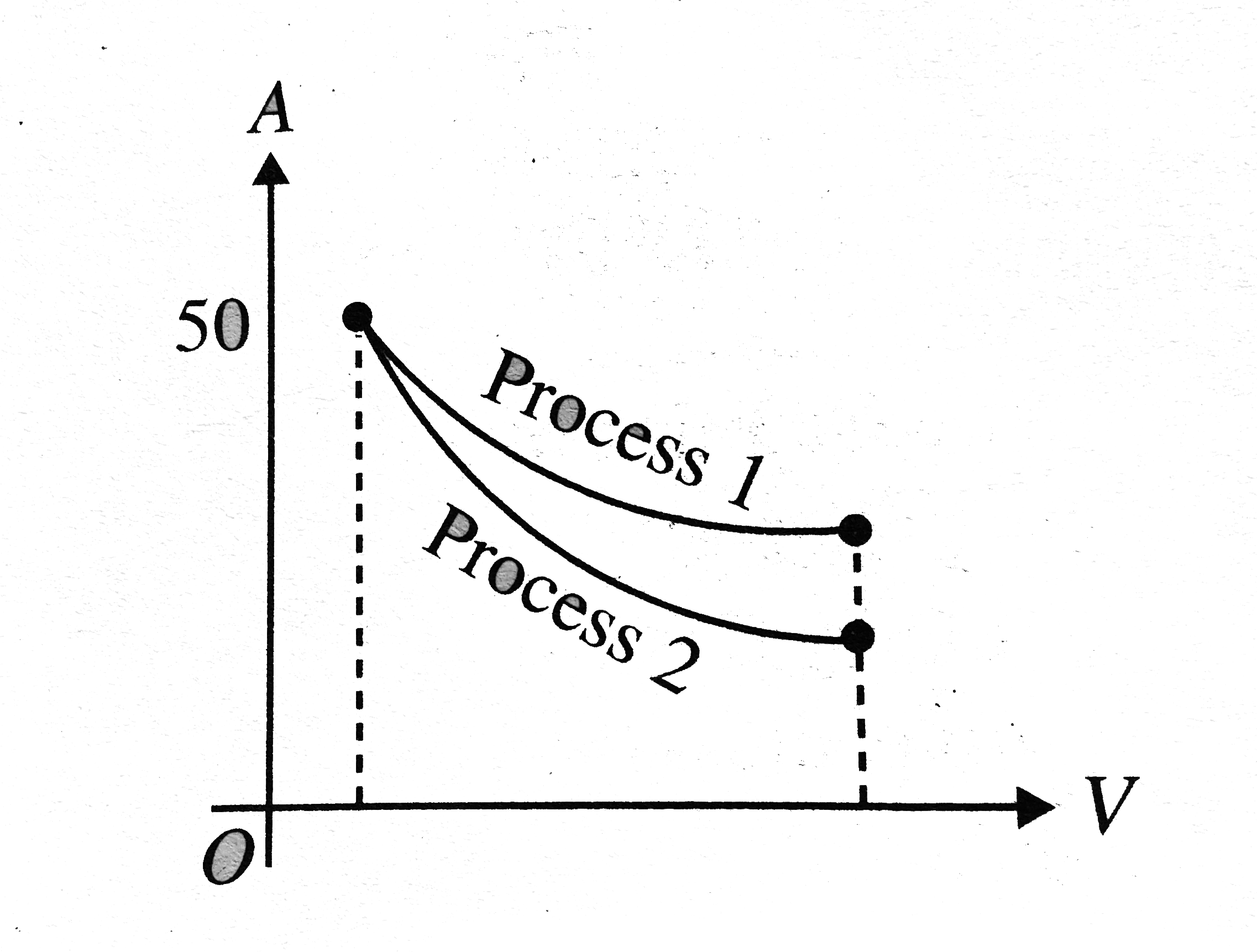
m1=m2
m1>m2
m1<m2
m2CV=m1CP
The correct Answer is:C, D
During expansion, an isotherm lies above an adiabat
Also ( Slope of an adiabat ) γ( Slope of an isotherm )
⇒m2=CpCv(m1)
⇒m2Cv=m1Cp
Since γ−1,
⇒m2>m1
Topper's Solved these Questions
- BOOK - CENGAGE PHYSICS ENGLISHCHAPTER - KINETIC THEORY OF GASES AND FIRST LAW OF THERMODYNAMICSEXERCISE - Assertion-Reasoning6videos
KINETIC THEORY OF GASES AND FIRST LAW OF THERMODYNAMICS
- BOOK - CENGAGE PHYSICS ENGLISHCHAPTER - KINETIC THEORY OF GASES AND FIRST LAW OF THERMODYNAMICSEXERCISE - Comprehension56videos
KINETIC THEORY OF GASES AND FIRST LAW OF THERMODYNAMICS
- BOOK - CENGAGE PHYSICS ENGLISHCHAPTER - KINETIC THEORY OF GASES AND FIRST LAW OF THERMODYNAMICSEXERCISE - Single Correct140videos
KINETIC THEORY OF GASES AND FIRST LAW OF THERMODYNAMICS
- BOOK - CENGAGE PHYSICS ENGLISHCHAPTER - KINETIC THEORY OF GASESEXERCISE - Compression2videos
KINETIC THEORY OF GASES
- BOOK - CENGAGE PHYSICS ENGLISHCHAPTER - LINEAR AND ANGULAR SIMPLE HARMONIC MOTIONEXERCISE - Single correct anwer type14videos
LINEAR AND ANGULAR SIMPLE HARMONIC MOTION
Similar Questions
The indicator diagram for two processes 1 and 2 carrying on an ideal gas is shown in Fig. If m1 and m2 be the slopes (dP/dV) for process 1 and process 2, respectively, then
 View Solution
View SolutionFor an ideal gas four processes are marked as 1,2,3 and 4 on P-V diagram as shown in figure. The amount of heat supplied to the gas in the process 1,2,3 and 4 are Q1,Q2,Q3 and Q4 respectively, then correct order of heat supplied to the gas is : [AB is process-1, AC is process-2, AD is adiabatic process-3 and AE is process-4]
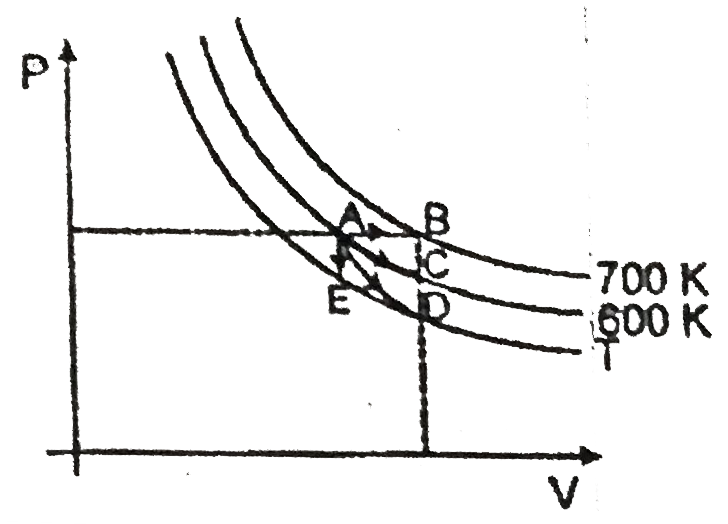 View Solution
View Solution
Knowledge Check
- Question 1 - Select One
In the P-V diagram (Fig 15.14.1) given below, three thermodynamic processes occur for an ideal gas. Processes 1→2,2→3and3→1 are isothermal, isochoric and adiabatic processes respectively. The total amt of work done is 10 J. During the process 3→1, 20 J of work is done on the system. The amount of heat added to the system during the process 1→2 is
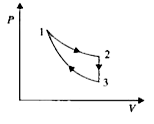 A30 JB20 JC10 JD0 J
A30 JB20 JC10 JD0 J
For adiabatic process of an ideal gas the value of dPP is equals to
View SolutionAn ideal gas undergoes a process consisting of adiabatic and isothermal process only as shown in the figure. Then :
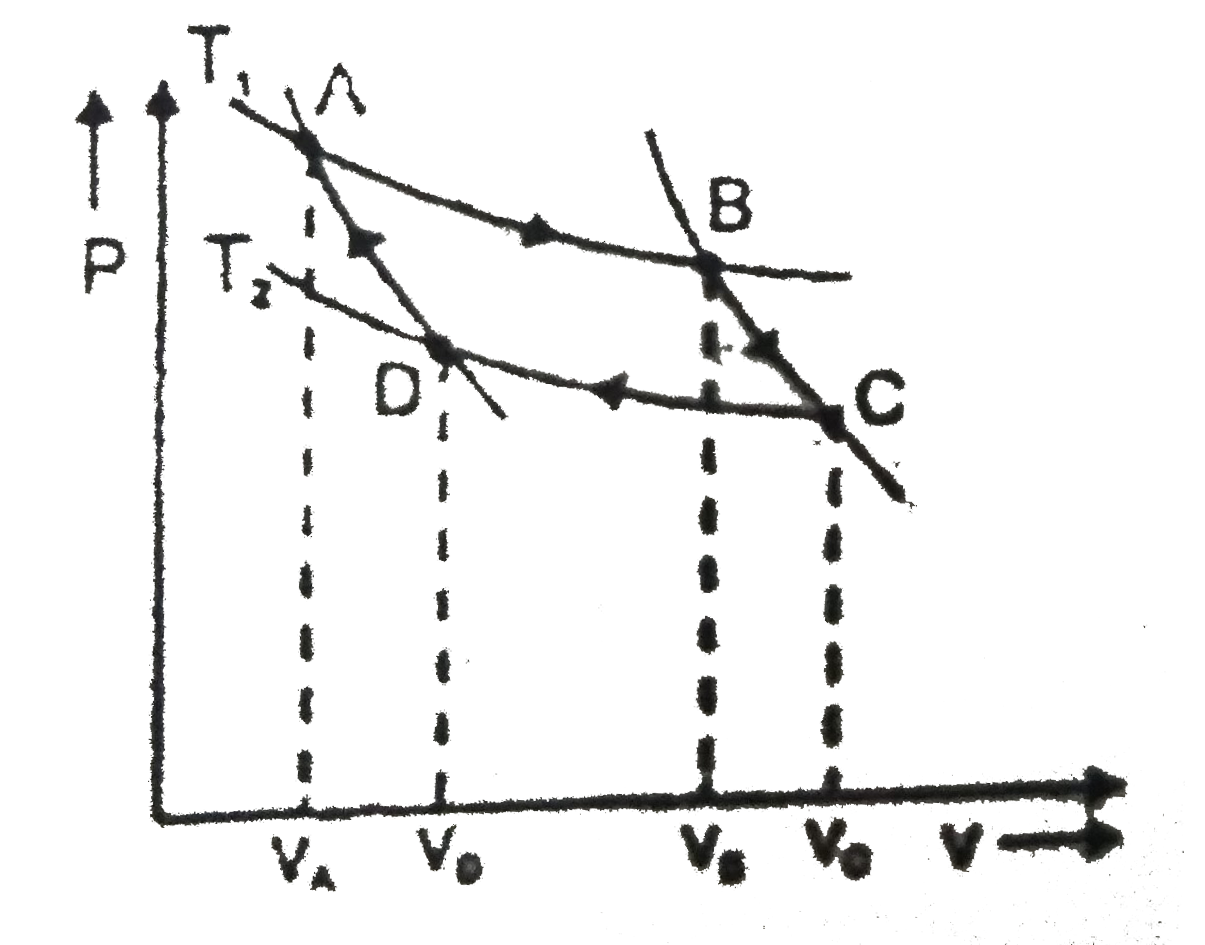 View Solution
View SolutionCan a process on an ideal gas be both adiabatic and isothermal. ?
View Solutionconsider two processes on a system as shown in fig
the volumes in the initial stage are the same in the two processes and the volume in the final stage are also the same.Let ΔW1andΔW2 be the work done by the system in the processes A and B respectively.
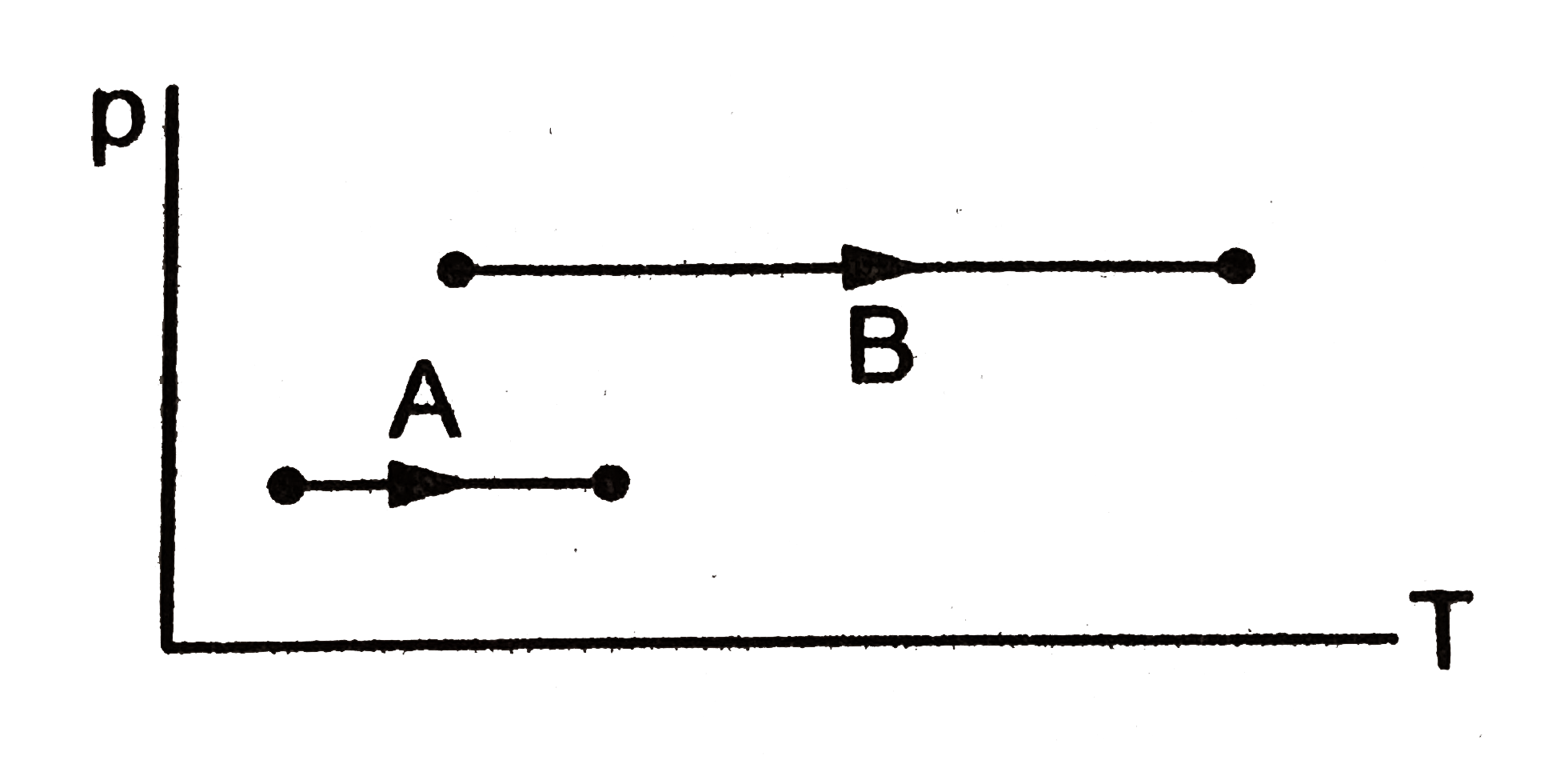 View Solution
View SolutionTwo samples 1 and 2 are initially kept in the same state. The sample 1 is expanded through an isothermal process where as sample 2 through an adiabatic process upto the same final volume. The final temperature in process 1 and 2 are T1 and T2 respectively, then
View SolutionTwo samples 1 and 2 are initially kept in the same state. The sample 1 is expanded through an isothermal process where as sample 2 through an adiabatic process upto the same final volume. The final temperature in process 1 and 2 are T1 and T2 respectively, then
View SolutionFigure shows a process for a given amount of an ideal gas. If volume in state 1 is V1 & in state 2 is V2, then
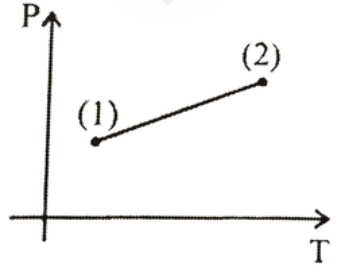 View Solution
View Solution

